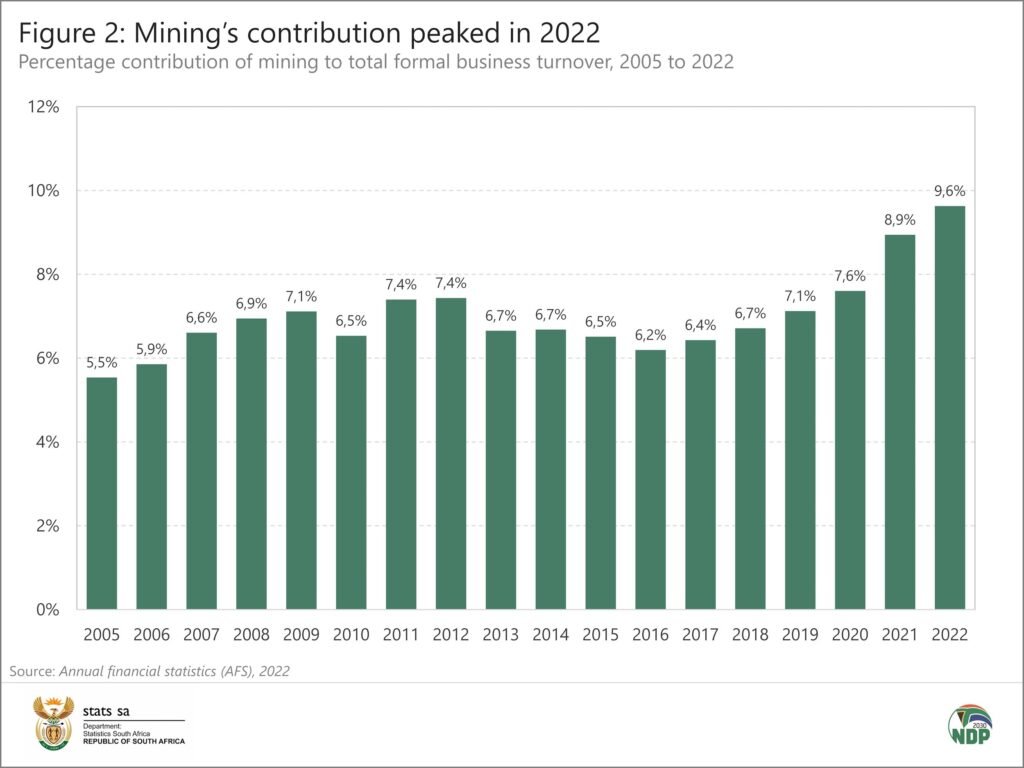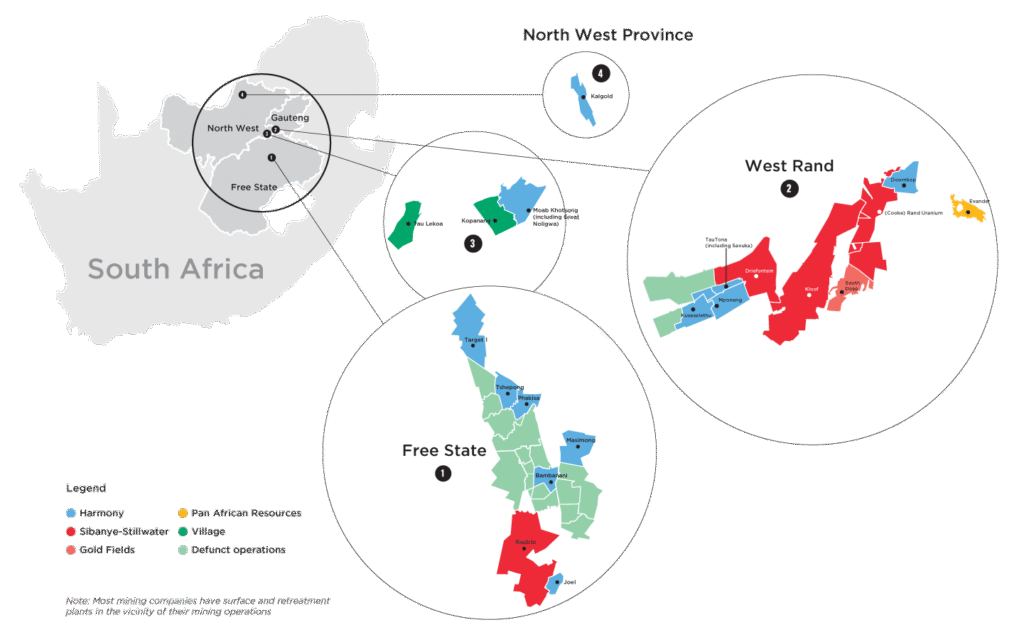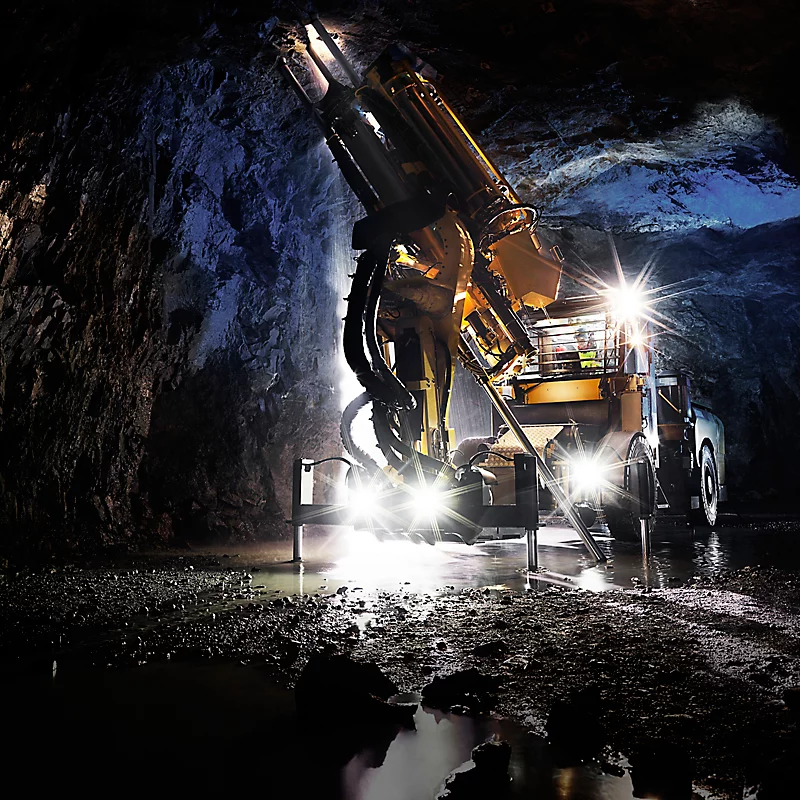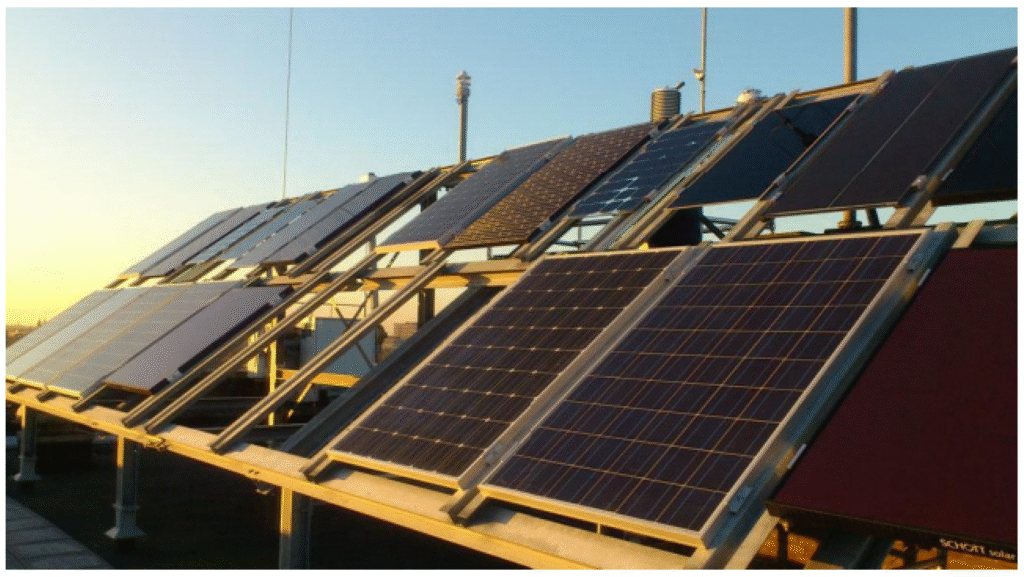South Africa Mining Data

South Africa remains one of the most important mining nations in Africa, with a long history of gold, platinum, and coal production. Despite challenges such as declining output and energy constraints, the sector continues to play a key role in the country’s economy.
Here’s a concise overview of South Africa mining data, including key minerals, production figures, and economic impact.
1. Key Minerals and Production (2024)
| Mineral | Annual Production (Tonnes or Carats) | Major Producers |
|---|---|---|
| Gold | ~130 tonnes | AngloGold Ashanti, Sibanye-Stillwater, Harmony Gold |
| Platinum Group Metals (PGMs) | ~600,000 kg (platinum, palladium, rhodium) | Anglo American Platinum, Sibanye-Stillwater |
| Coal | ~250 million tonnes | Exxaro Resources, Kumba Iron Ore |
| Diamonds | ~8 million carats | Debswana, Lucara Diamond |
| Manganese | ~5 million tonnes | Manganese & Iron Ore Company (MIO) |
| Chromium | ~12 million tonnes | South African Chrome Association |
2. Major Mining Regions
- Witwatersrand Basin (Gauteng): Historic gold hub
- Bushveld Complex (Limpopo, Mpumalanga): World’s largest PGM reserves
- Mpumalanga Coalfields: Central to South Africa’s power and export economy
- Northern Cape (Karoo): Focus on diamond and manganese extraction
- North West Province: Home to gold and platinum operations
These regions are central to domestic production and global supply chains.

3. Economic Contribution of Mining
- Contribution to GDP: ~7–8%
- Employment: Over 450,000 direct jobs, thousands more indirectly
- Exports: Mining accounts for over 20% of total exports
- Revenue: Significant tax and royalty income for government and local communities
Despite challenges, mining remains a cornerstone of the South African economy.
4. Trends and Challenges
Trends:
- Focus on PGMs and lithium as new growth drivers
- Adoption of AI, automation, and digital tools in exploration and operations
- Energy diversification – Solar and hybrid power solutions for mines
Challenges:
- Aging infrastructure and deep-level mining costs
- Power shortages from Eskom affecting operational efficiency
- Regulatory uncertainty and policy delays
- Labor disputes and safety concerns in deep-level mines

5. Future Outlook
While South Africa mining data reflects a sector in transition, there is potential for renewed investment and innovation:
- Lithium and green minerals could drive future growth
- Local beneficiation and processing are gaining traction
- Policy reforms aimed at improving transparency and attracting FDI
- Technology upgrades to increase productivity and reduce costs
With strategic investment and regulatory clarity, South Africa can reposition itself as a leader in critical minerals and sustainable mining.

FAQs
Q1: What is the main mineral mined in South Africa?
A1: Gold and platinum group metals remain the most significant by value.
Q2: How much does mining contribute to South Africa’s economy?
A2: It contributes around 7–8% to GDP and is a top export earner.
Q3: Are there new mining projects in South Africa?
A3: Yes—especially in lithium, PGMs, and industrial minerals.
Conclusion
The South Africa mining data shows a sector in flux but still vital to the national economy. With the right policies and investments, it can adapt to global market shifts and energy transitions.

